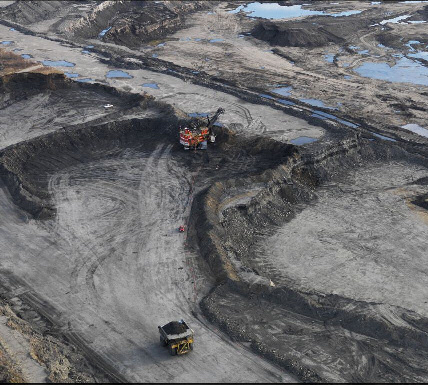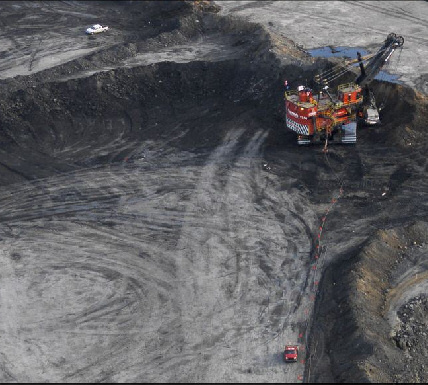










 |
 |
 |
 |
 |
 |
||
 |
 |
 |
 |
 |
tar
sands
|
 |
|||
|
|
|
|||
index |
||||||||||||||||||||||||||||||||||||||||||||||||||||||||||||||||||||||||||||||||||||||||
tar sands resources
|
||||||||||||||||||||||||||||||||||||||||||||||||||||||||||||||||||||||||||||||||||||||||
| Region | Recoverable resources in billions of barrels, assuming a 37% recovery factor | Alternative estimates from utah.gov, corrected to the 37% rate |
| United States | 626 | 592 |
| South America (Brazil) | 300 | 89 |
| Russia | 41 | |
| Zaire | 38 | |
| Jordan | 25 | |
| Morroco | 21 | |
| Australia | 17 | 14 |
| Canada | 16 | 9 |
| Italy | 13 | |
| China | 10 | |
| Estonia | 1 | 7 |
| Israel | 2 | |
| Northern and western Europe | 2 | |
| Other countries | 3 | |
The cost of extraction is much higher than most pumped oil and is, therefore, commercially unattractive while there is a ready flow of cheaper, recoverable pumpable oil. Then comes coal extraction and renewable plant extraction potential. In Brazil, for example, petrol contains 28% plant ethanol. See references to sugar cane ethanol in Biofuels briefing document.
Shale oil is guesstimated as approximately half as efficient to produce as oil from tar sands. American oil shales are also located in arid areas which are more ecologically sensitive than the tar sand areas of Canada.
Excellent PowerPoint presentation on shale oils from geology.utah.gov. On the presentation is the remarkably frank admission that there is “no proven technology for commercial recovery”.
“Oil & Gas Journal estimates close to 180 billion barrels [in Canadian tar sands], second only to Saudi Arabia's approximately 260 billion, while BP Statistical Review of World Energy puts the figure at about 17 billion barrels, based on oil sands under active development. And the Canadian oil sands don't even turn up on the International Energy Agency's industry lists of the 10 countries with the largest proven oil reserves.
“Even the higher industry estimate is only about a six-year world supply, as the planet now consumes close to 30 billion barrels of oil a year.”
—
“Tar sands production is now 1 million barrels a day and is projected to increase fivefold by 2030, still about half of Saudi Arabia's current output and less than 5 percent of world production in 2030.” [Quoted from energybulletin.net]
page 1 page 2 page3 page 4 page 5 page 6
“Take molasses out of your kitchen cupboard, put as much sand in there as molasses, stir it up, and then put it outside where it gets cold and thick and won't flow - well, that's what the tar sand is like. It's extremely hard to work with, and it wrecks all your equipment."
—
“ [...] Based on current mining leases, the oil sands may transform that Florida-sized swath of forest into a massive lunar landscape - much of it unlikely ever to return to its original state. (Existing projects have already stripped roughly 460 square kilometres.) As well, the mining operations are licensed to draw 349 million cubic metres of fresh water from the Athabasca every year, twice the amount used by Calgary, a city of one million people. Some of the water is recycled, but most of the muddy leftovers, or tailings, wind up in those toxic "ponds" that are large enough to be seen from space.”
![]()
Photo
library of Alberta oil sands
Very useful, zoomable, high resolution pictures.
Some have further, interesting, audio commentary.
 |
 |
| Zoomed image showing
excavator, and dump truck, as high as a two-sroey building, hauling away
spoil and oil/tar sands. Note the small red and white trucks for scale in further zoom (on right). Image: Edward Burtynsky |
|
end note |
|
| Related further documents | |
| Tectonics: tectonic plates - floating on the surface of a cauldron | |
© abelard, 2007,18 june the address for this document is https://www.abelard.org/briefings/tar_sands_shale_oil.php 670 words |
| latest | abstracts | briefings | information | headlines | resources | interesting | about abelard |